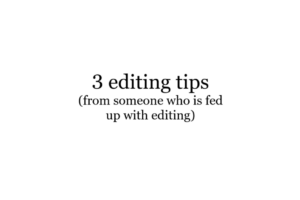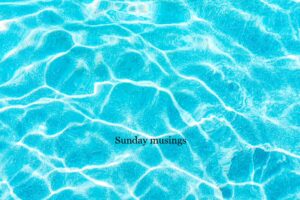Aside from Animal Farm (which is obviously more about human social politics and animalistic behaviours in people rather than the animals themselves), there are not a great deal of animals featured in dystopian fiction.There is the occasional description of a majestic, wild bird that pains the narrator to see due to their surroundings of concrete and tarmac, or a mouse, rat or monkey under scientific experimentation, but all in all this genre tends to focus more on the urban way of living, with imposing buildings and conspiring AI technology. Even in the sorts of fiction that feature apocalyptic natural disasters, a dystopia almost always inclines towards the horrors of man rather than the unavoidable events of nature.
Although these novels and films are essentially there to point out the flaws of being a selfish consumer, they don’t do much to suggest that being au naturel is the way forward as they rarely even mention anything other than humans. In the 2002 film Equilibrium, the only animals featured in the film are dogs which are being killed en masse because it has been decided that they are an unnecessary commodity to the people of the city, a luxury that brings out the kinds of emotions that the higher powers wish to eradicate. In one scene, Christian Bale picks up a well-bred Bernese Mountain Dog puppy and rescues it from its terrible fate, his heart strings having been tugged by this adorably fluffy bear-like pooch.
The problem I have with this segment of the movie is that in reality dogs are not just pets, they are useful workers and humans have used them since the dawn of time. Surely instead of killing them all they could be used for a ‘greater good’? And I’m not just saying this because I don’t want the doggies to die. It seems that the dogs are used purely to demonstrate the coldness of humans and does not actually touch upon the importance of animals in society, pre- and post totalitarianism. Even the cruel death of these beasts occurs for the human’s benefit, not because they are useless or go against the government’s rulings.
It is not only pets that fail to feature in this genre. As the countryside is usually rejected as a setting for dystopian fiction, so is the concept of the farming industry and the importance of cattle and herds of animals. What do people eat in Brave New World, Nineteen Eighty-Four and We? The society is so close-knit and controlled that one can’t imagine a farming community at all, so how is the food prepared? How are the animals dealt with without breach of imposing governmental rules? There seems to be no room in these novels for the living creatures that are immune to mind control – even the youngest of children can understand the concept more than an animal can, so an animal serves no purpose for the plot.
It seems to me that there are rational and integral roles for animals within dystopian fiction, but to feature them in the narration itself is to yank the audience from its indulgence in human guilt and the varying results. We are more inhumane towards animals now then we ever seem to be in an apocalyptic setting – there must be parts of the UK in Nineteen Eighty-Four, for example, where animals are left to their own devices. Would this mean no more animal abuse? No more abandoned pets? No more inbreeding? The real question seems to be the following: would a dystopia still be a dystopia if just the animals were happy?
If we look to history and our biggest example of dystopian life, there was an immense amount of animal protection during the times of Nazi Germany. Hitler himself had banned vivisection and was advocating for kosher butchering. What does this do to the image of a man who killed millions? Hitler was obviously not out and out evil for he cared deeply for the welfare of animals, but human lives are regarded as far more important than the lives of animals, and therefore he is deemed as soulless and cold. The majority of us may believe that Hitler had no other thoughts other than killing Jews and preserving the Aryan race, but this was clearly not all there was to the man.
In the majority of dystopian fiction, good and evil is a fairly black and white situation. In order to emphasise the points being put across by the author, the themes and motives must be extreme so that the positives of the message can be plain to see. Animals appear to be somewhat of a grey area: we eat them yet want rights for them, they are not as important as humans yet they are deemed purer than us, and in a way we also feel that they are meant to be here yet we are not.
The rights of animal’s life is a debated subject matter in reality, so how could we possibly discern what is right and wrong for them in dystopian fiction, where our morals are analysed under a microscope? We can easily discuss the freedoms of man, but we cannot discuss so easily where our meals have come from, why so many pet shops are filthy and sub par, or why cramped zoos remain legal and open. I feel the lack of animals within this genre suggests that perhaps we don’t want to accept that many animals may already be living in a dystopia.


Leave a Reply